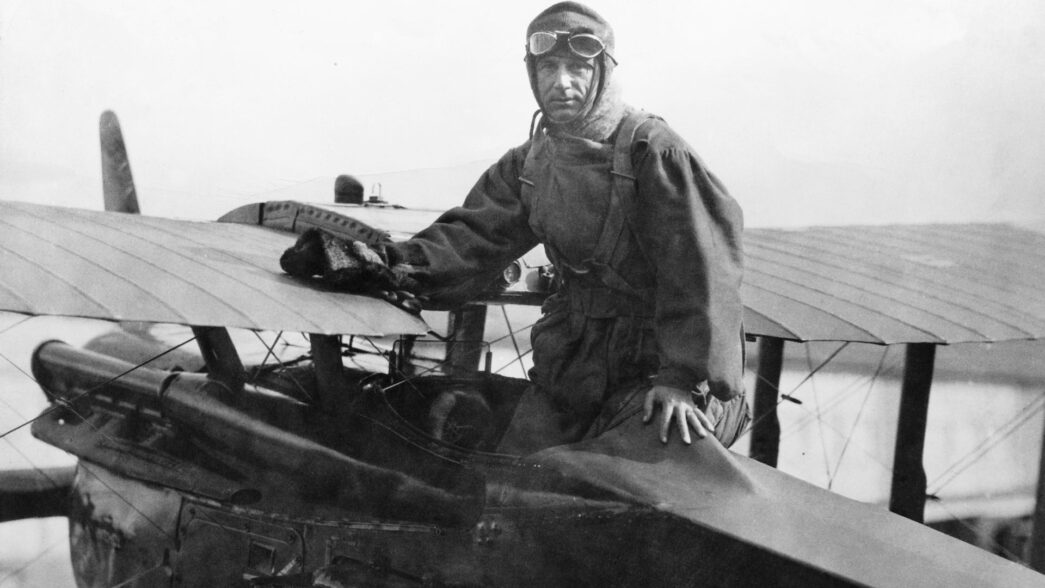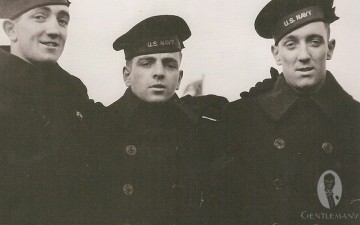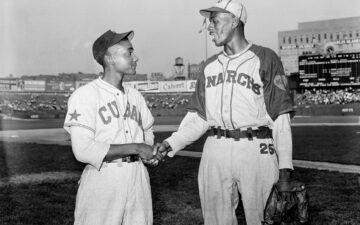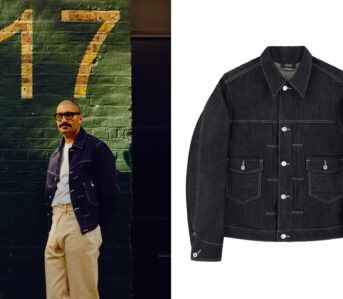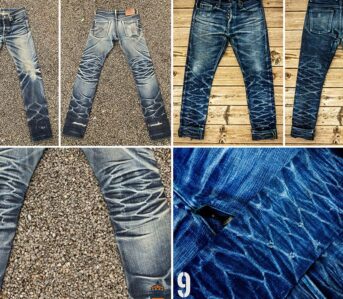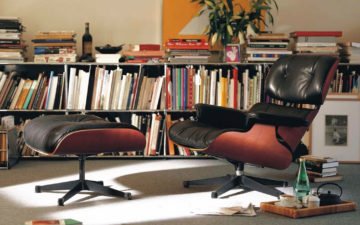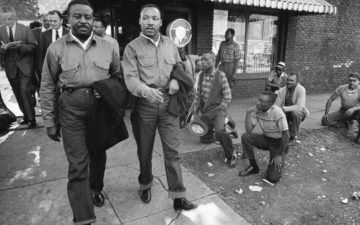It’s a moon-washed winter night. From the seat of your bi-plane, the landscape is lit with icy splendor under billowing patches of clouds. Peaceful, snowy fields are sliced by lines of black trenches—they appear as if the vast networks were gouged out of the earth with a massive icepick. Dipping down below the clouds reveals just specs of red light in the shadows—small fires for brewing tea and burning cigarettes—all of which are extinguished as the roaring airplane drifts closer. No major movement is seen behind the lines. Meanwhile, beyond the horizon, church bells toll with muffled hope for the coming year. It’s the end of 1917. Like the pockmarked landscape covered with snow drifts, the warring powers experience a short reprieve before the grand battles begin once more in the spring.
Adjusting your knit scarf, you notice the long trails of ice crystals forming on the woolen yarns. Your hot breath creates condensation just in time for the frigid air to freeze it below your nostrils. A few swift brushes of your free hand clears the ice. Pulling up your scarf keeps the area below your nose and your entire neck warm. In situations like this, Father Winter could clip your wings before the enemy machine guns can even spot you.
Night flying was a dangerous endeavor for pilots during the First World War. The flying part was easy, but landing safely was the hard part. On top of low visibility was the harsh cold in an open cockpit. Leather jackets, goggles, and helmets could encapsulate most of the human body, but how about the lower head and neck? Flowing woolen scarves were a natural choice and one that became iconic of early aeronauts, both civilian and military. However, the history goes back much further than the early 20th century because, sometimes, the most simple accessories are the most useful.
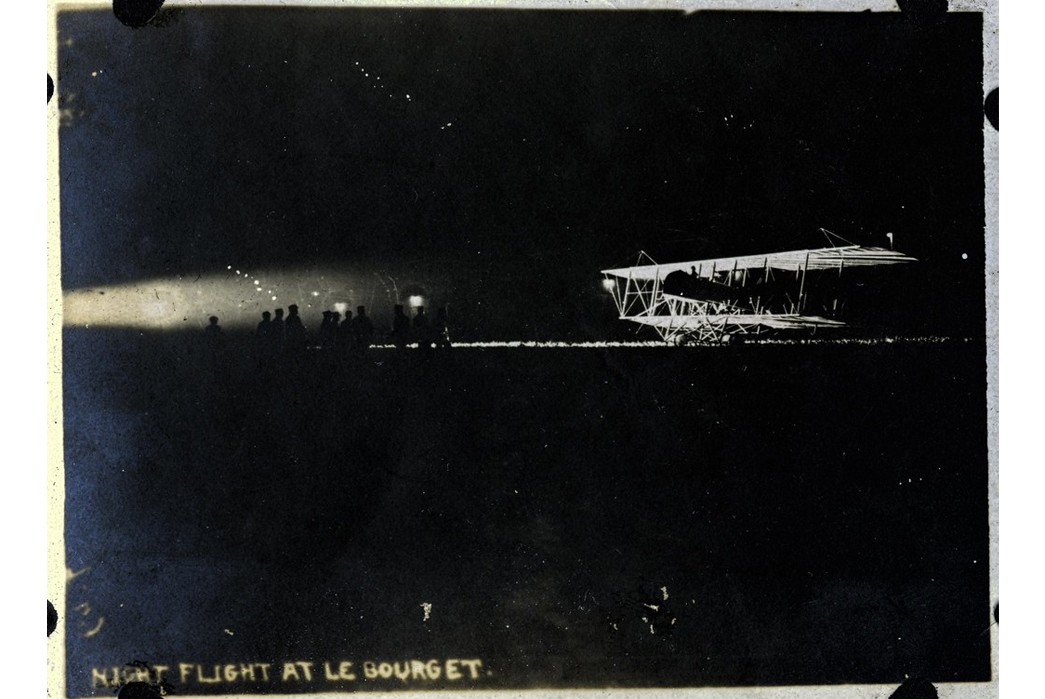
What is a Scarf?
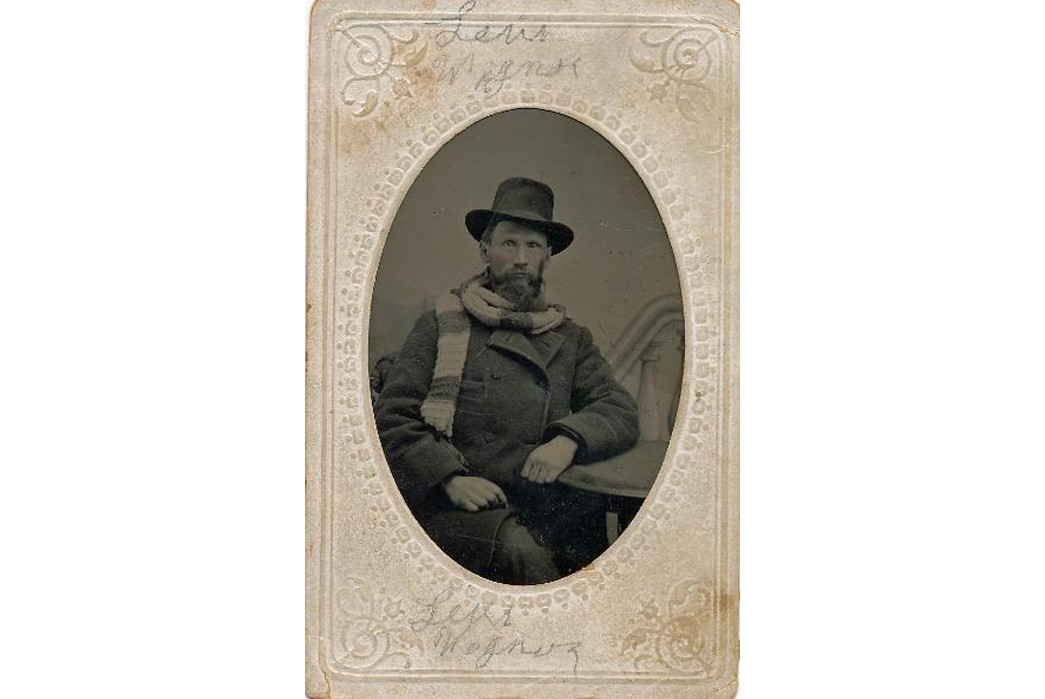
A mid-19th century portrait from Ohio of “Leris Wagner” in his winter attire. Image via Medhurst & Company.
Just because something is defined as “simple,” doesn’t necessarily make the definition narrow. The English language knows the scarf as a “Broad band of cloth worn about the shoulders, around the neck, or over the head.” Now, think of how many variations exist of the long rectilinear neck scarf; materials, knitting styles, colors, tassels, lengths, and other cultural and decorative elements. For example, a fisherman’s scarf with a chunky knit will have a vastly different appeal than a breezy, floral-patterned silk scarf.
Types of Scarves
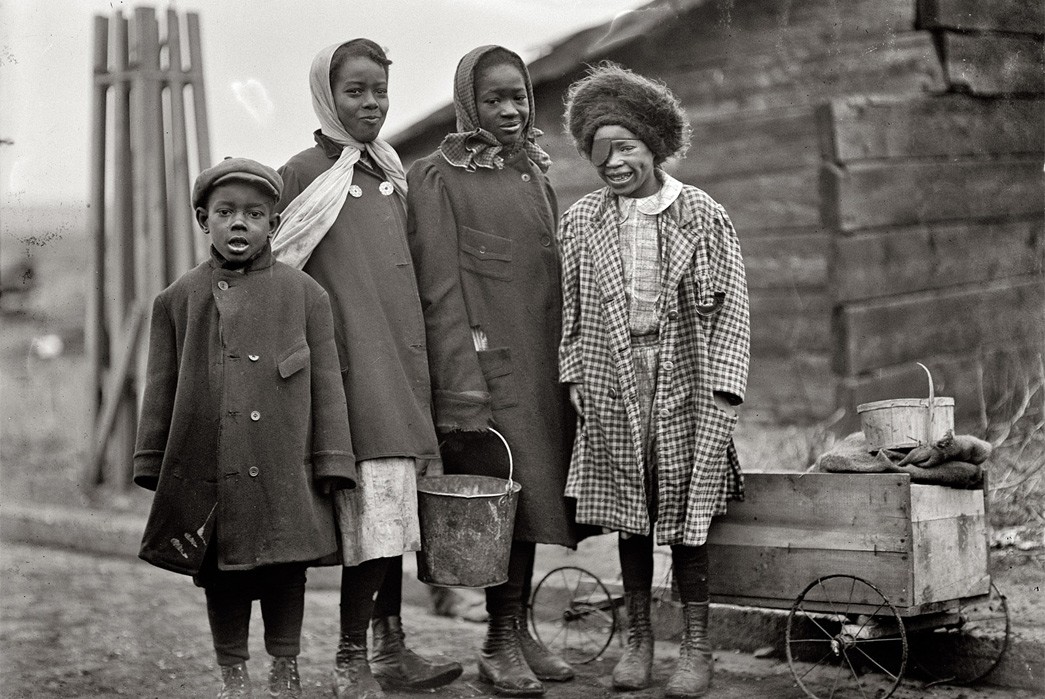
Washington D.C., 1911. Image via Shorpy.com.
Speaking of knitting, this brings us to the two main categories of scarves that we’ll examine; yarn and cloth. The term “knit” implies the use of yarn that’s interlocked in loops—the same as your sweater, cap, etc. Crocheting differs from knitting because the yarn is tied into knots rather than joined by interlocking stitches. Crocheting allows some pretty impressive patterns to be imagined through a pair of needles.
Cloth scarves are sewn from finished fabrics, often with patterns or prints, and are traditionally composed of woolens or silks. In recent years, synthetic fibers have been introduced which can shape the desired effect. For example, some synthetic yarns are very smooth and give knit scarves a silky hand. With both yarn and cloth varieties, it’s common to see fringe or long tassels that extend from both ends. No matter which material or length you prefer, just make sure it’ll protect your head and neck from the bracing wind!
Early Era
Before the Renaissance, scarves were worn as symbols of piety, rank, and royalty. The ancient Egyptian queen Nefertiti wore one under her bejeweled headpiece. In the 2nd century B.C., the Chinese nobility donned scarves to denote differences in rank between officials (with the lower officials wearing cotton scarves). Croatian soldiers also wore scarves in the 17th century. This practice was exported by the French who dubbed it after the southern European people group; the “cravat” was born from the French word Croate. At this point, the lineage of neck accessories splits between scarves and modern neckties.
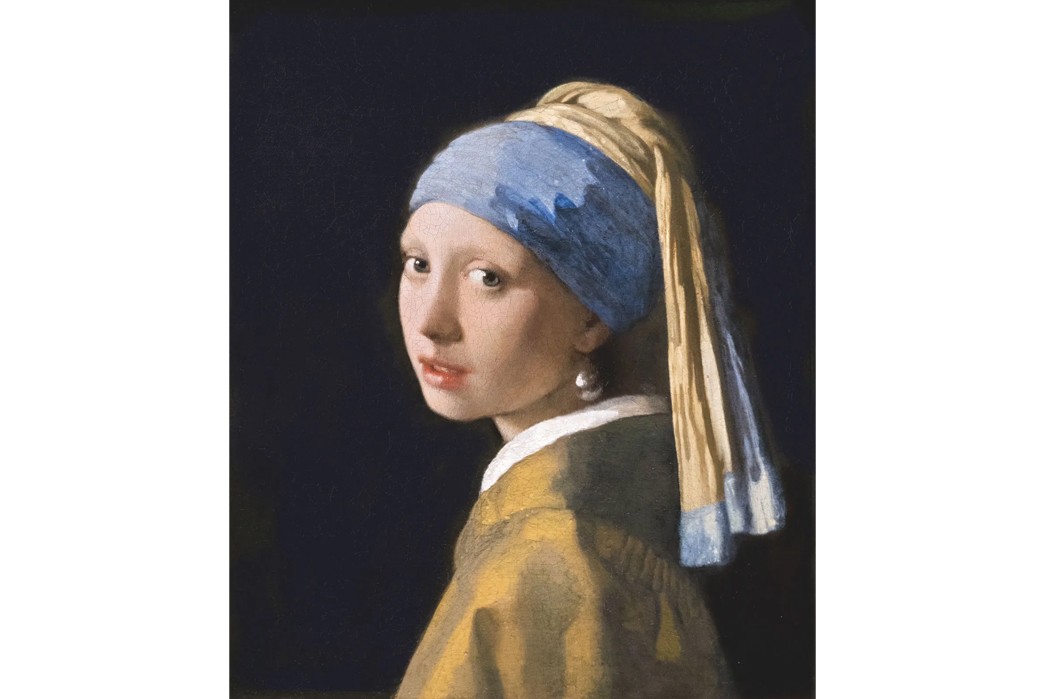
This is perhaps the most famous singular scarf in history, immortalized in oil paint. “Girl with a Pearl Earring” by Johannes Vermeer (ca. 1665). Image via Britannica.
One enduring and controversial use of scarves is the covering of women’s heads. Across Africa, the Middle East, Southern and Eastern Europe, and other regions is a close-knit relationship between headscarves and religion.
The author has seen this debate rage growing up as Greek Orthodox in the United States. Imagine a church-sponsored event; a small fraction of grandmothers from the “old country” clad in black, with black headscarves, while groups of younger women wear bright spring prints around their necks. Cutting glances and burning stares will make you sweat under the collar.
Machine Knitting (and Printing)
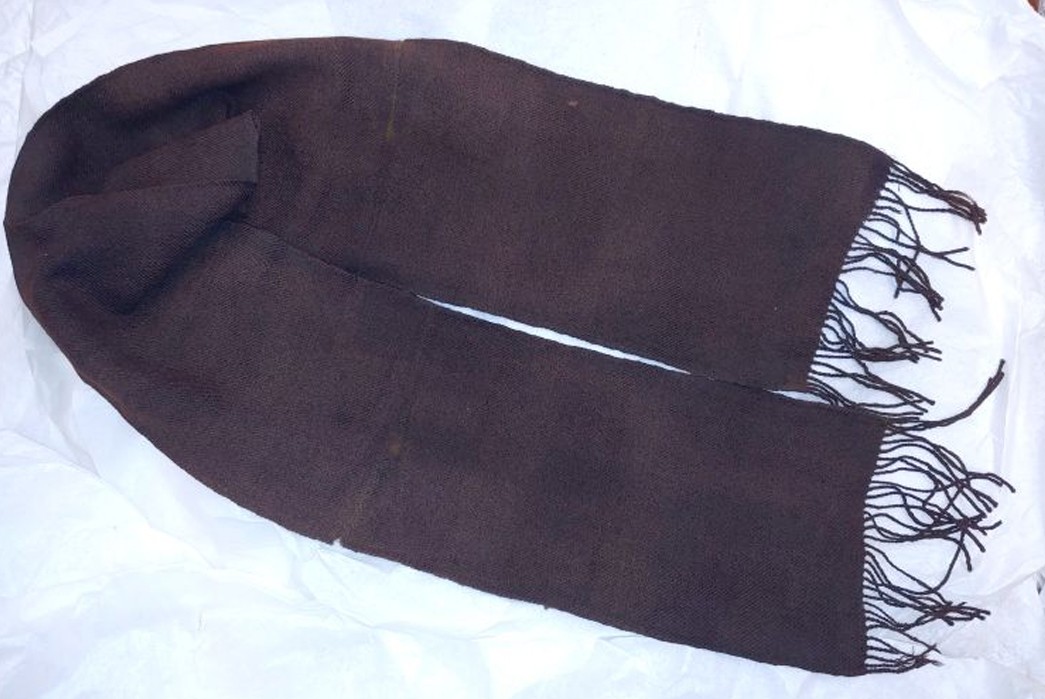
A brown wool knit scarf from 1856. Image via Arabia Steamboat Museum/Facebook.
As with everything in Western fashion, the Industrial Revolution changed scarves forever. The production of yarn went from an artistic exercise to a steam-powered output on a worldwide scale. While the knitting machine had been around since 1589, cranks and sprockets could replace human strength as gangs of machines supplied the needs of a commercializing landscape. The impetus was on socks, or hosiery in general, but circular knitting machines could also be set up to make scarves.
When war broke out in 1914, even machinery couldn’t keep up with the demand of every soldier on the frontlines. Knit garments, like gloves, were farmed out by aid organizations to wives and mothers who had sets of knitting needles. Patterns were provided.
Celebrity Adornment
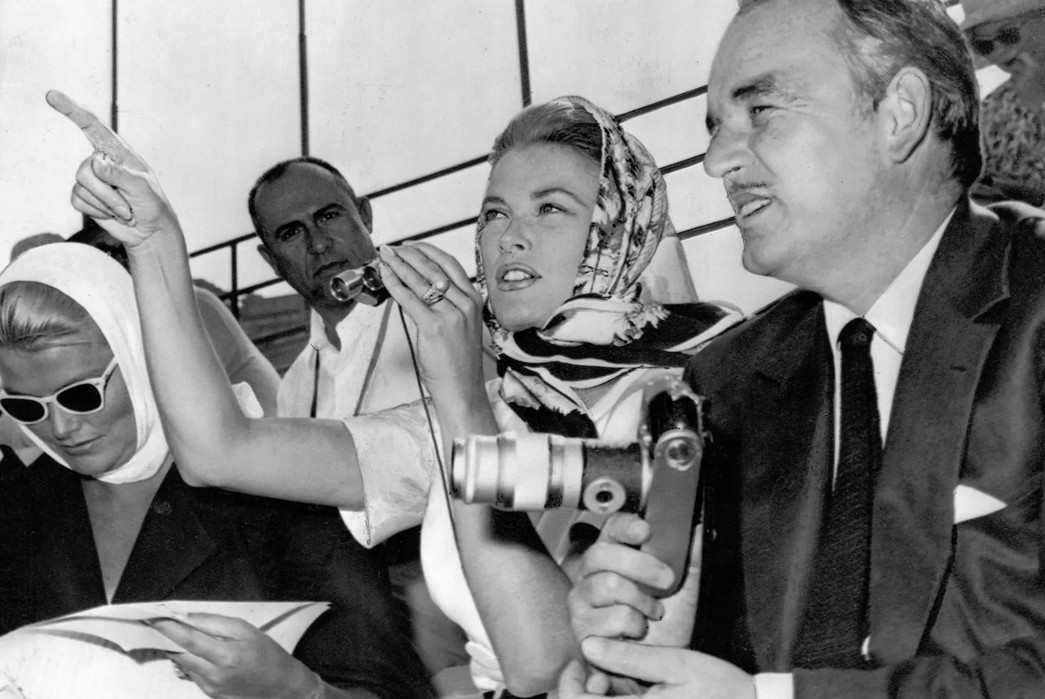
Grace Kelly wearing a Hermès scarf in September 1960. Image via Vogue France.
Scarves gained popular attention again starting with Queen Victoria. She personally crocheted a select number to be bestowed upon servicemen who distinguished themselves during the Boer War. However, the association of silk variants with high fashion wouldn’t come until the 20th century. The brand Hermès introduced the first printed silk scarf in 1937, which was designed by Robert Dumas. It was an immediate hit that left a generational legacy. While the wide appeal of scarves tapered by 2000, another queen made the look more iconic still. Queen Elizabeth was a consistent headscarf afficianada.
Modern Makers
In a world of drawstring hoodies, be a scarf.
With everyone from soldiers to high society onboard, scarves only continued to evolve after World War II with the widespread introduction of synthetic materials. Regardless of material, scarves carry an air of adventure and formality no matter how they’re worn. From home-knit, Etsy-level artistry to more streamlined and high-end options, there’s an abundance of ways to wrap your neck this winter.
Allevol x Inverallan
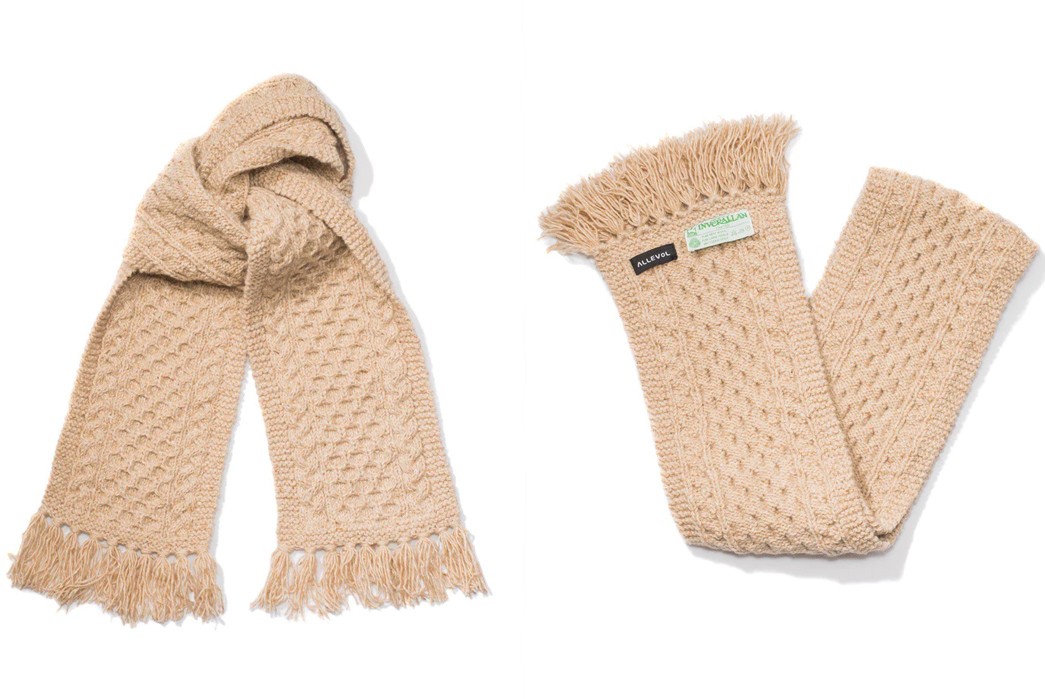
Cable knit scarves evoke a comfortable, classic aesthetic akin to cable knit sweaters. You don’t have to be hauling in nets replete with cod to appreciate the chunky warmth that wool fisherman’s scarves provide. This contemporary reimagining utilizes mohair—presumably, this gives the yarns a silkier hand. Made in Scotland, this scarf is sure to be the centerpiece of your cold-weather wardrobe.
The Allevol x Inverallan WoolxMohair Scarf is available at Clutch Cafe for $110.
Glen Prince
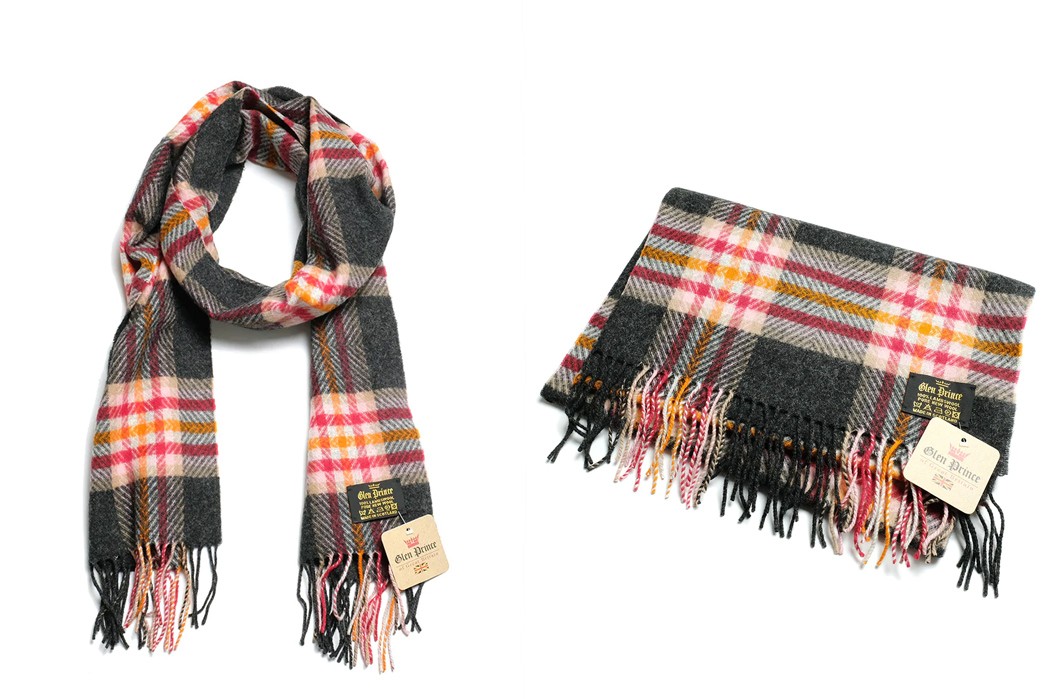
It can be established that Scotland is renowned for their woolens and their scarves in particular. Chief among the Caledonians is Glen Prince—their reputation with soft lamb’s wool scarves is ironclad. Lamb’s wool—some of the first wool sheared from the young animal ahead of many seasons—wears like cotton against bare skin. Light but warm, Scottish lamb’s wool has stood the test of generations in a land known for chilly overcast days.
The Glen Prince 100% Lambs Wool Muffler is available from Sun House for $90.
Indigofera
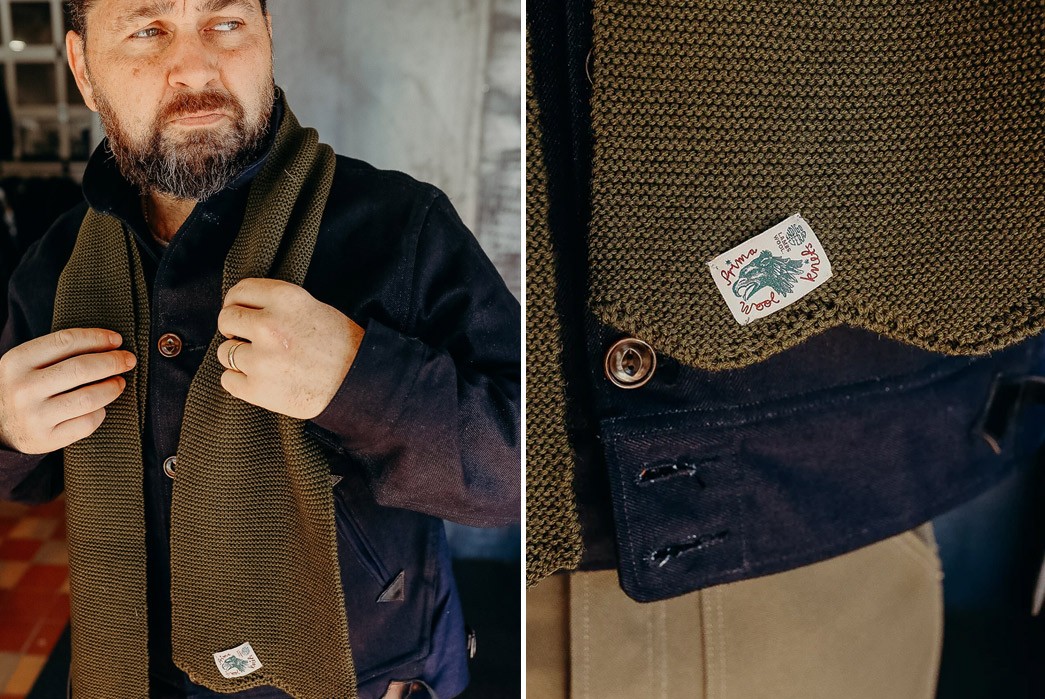
If you’re looking for a modern twist on a knit scarf, look no further than Indigofera. Clean lines are accentuated by a lack of tassels. The ends are bound in a herringbone shape which adds an ornate touch to an otherwise uncomplicated accessory. Imported of Portuguese wool, this scarf is sure to keep you warm as you walk along an Atlantic beach in the winter.
The Indigofera Chilcoot Merino Wool Scarf, Dark Olive is available at Iron Shop Provisions for $80.
Kobo Oriza
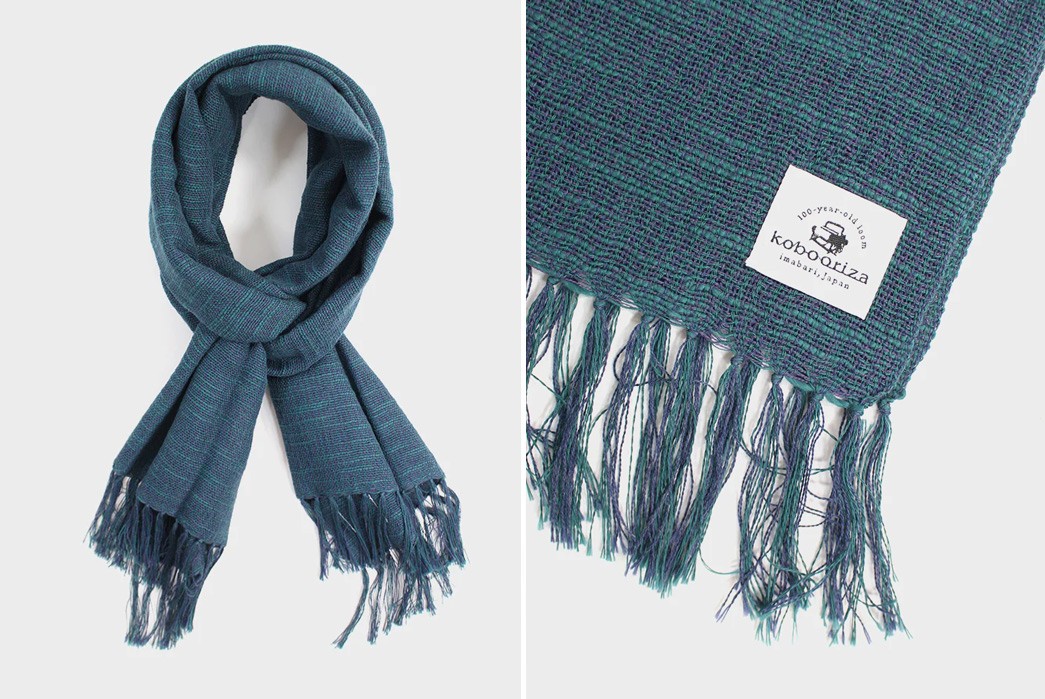
Wearing something truly handmade is an experience. Examining each yarn reveals a unique story of weaving on a traditional loom—one warp fiber at a time. “Imperfections” are celebrated because each scarf will tell the same story differently. Japanese manufacturers value the beauty in everyday simplicity and this slubby scarf is proof.
The Kobo Oriza Scarf, Slub, is available at Kiriko for $89.
Upstate Stock
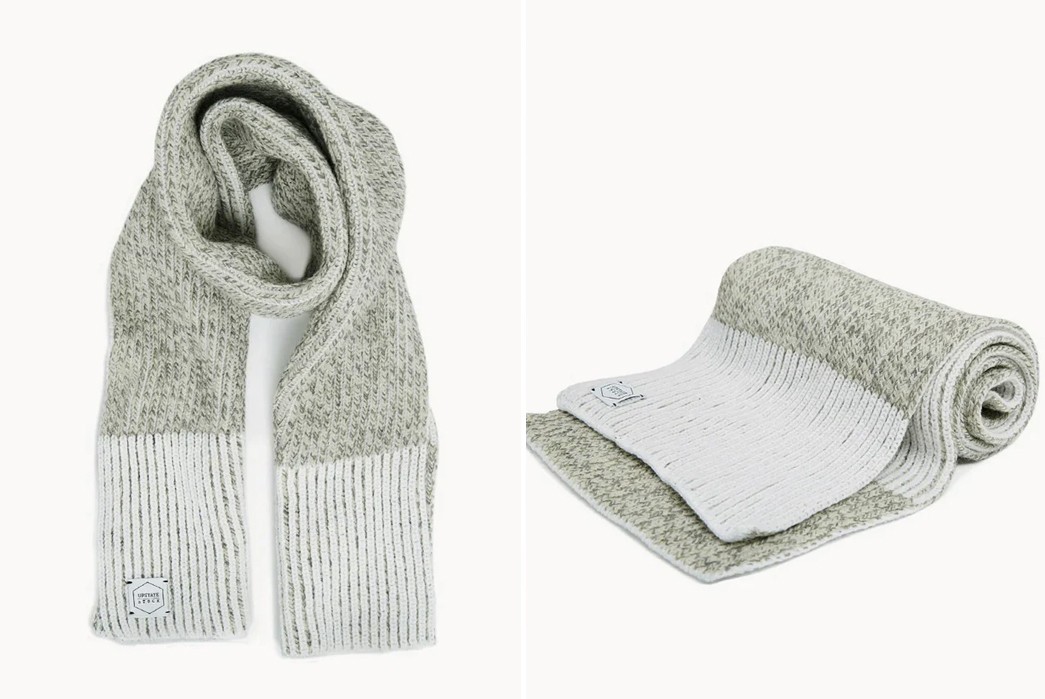
This scarf firmly ties “workwear” and “accessories” into one package. Ragg wool, which likely has Norwegian roots, is a truly utilitarian yarn that can be found in everything from socks to gloves and even caps. The neutral oatmeal color compliments even the most vivacious winter coats and sweaters—no wonder it’s so ubiquitous for scarves!
Visit Franklin & Poe, in person or online, to get wrapped up in the Upstate Stock Ragg Wool Scarf – Oatmeal Melange for $79.

